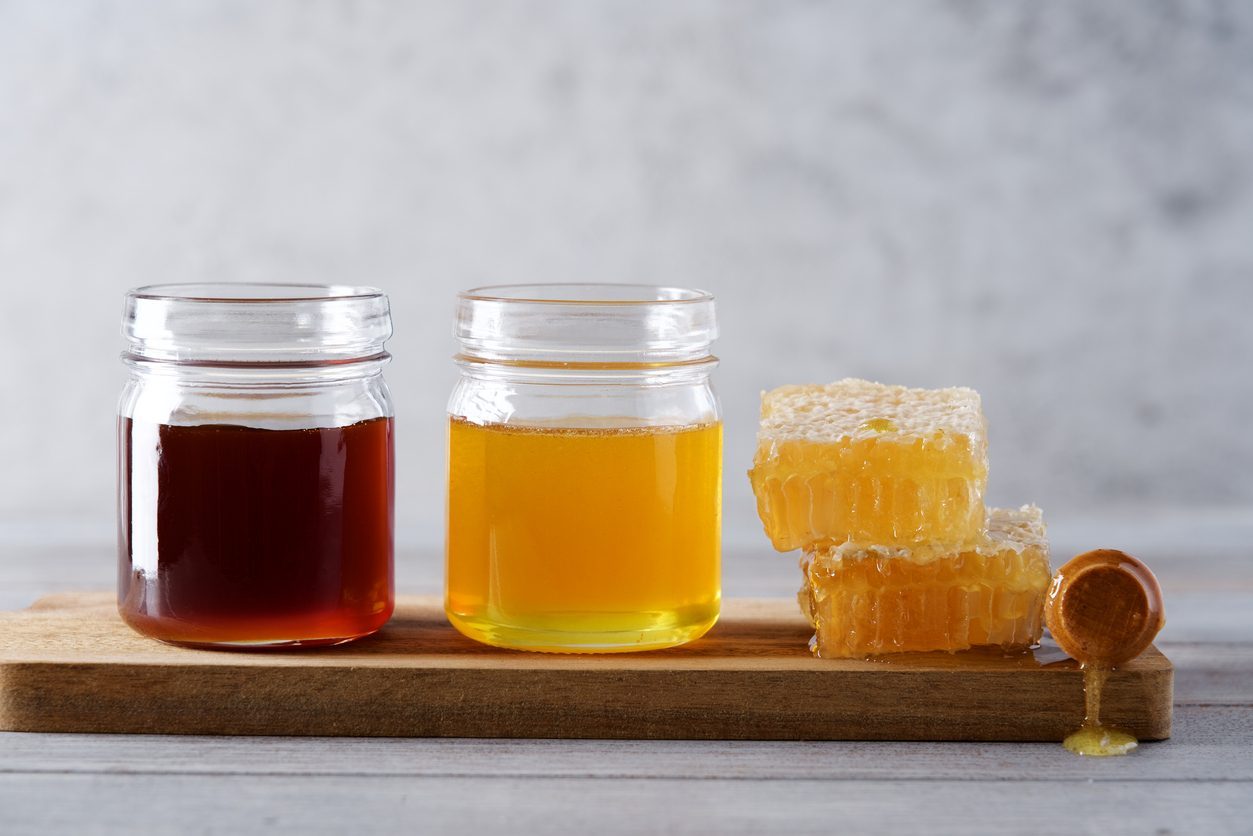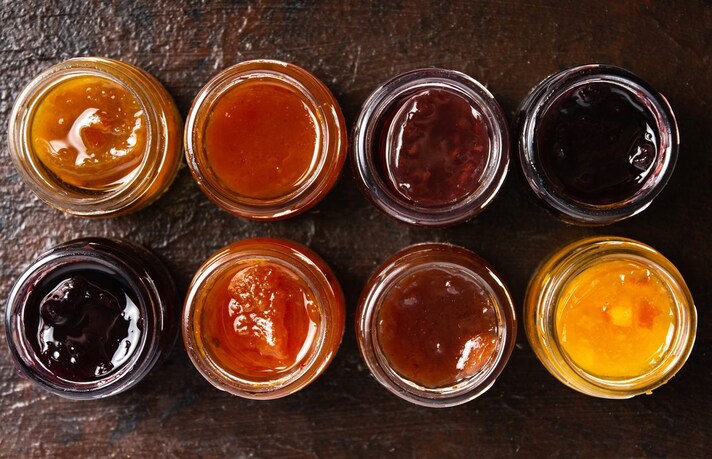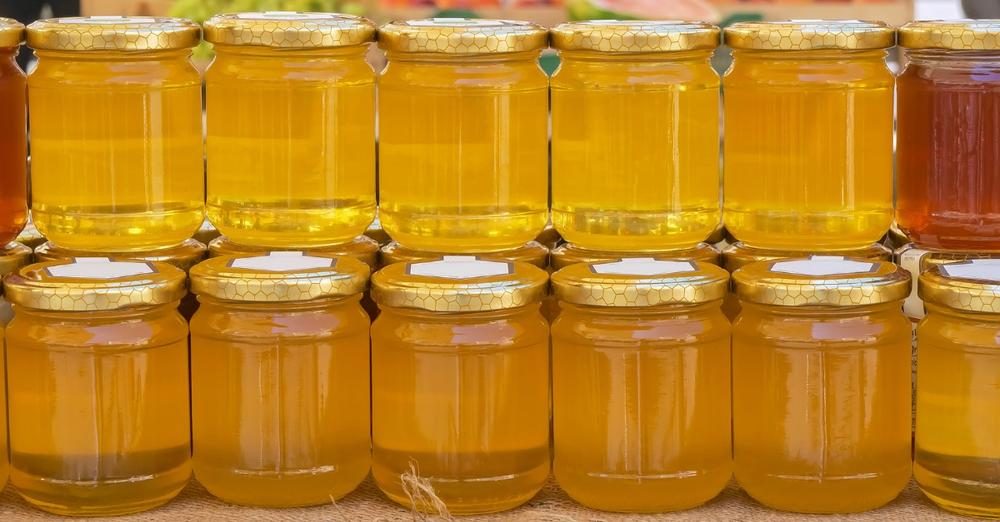What Does Honey’s Color Depend On?
Most varieties are yellow in color but we can also easily find white or amber varieties: let's find out why they are different and what the color of honey depends on.
;Resize,width=742;)
More or less yellow, more or less bright, in some cases almost white and in others even dark, elegantly amber: it's easy to say honey, yet the infinite shades of color show us how diverse and numerous the varieties of this nectar of the gods are. Fruit of the tireless work of bees, honey can be monofloral or multifloral based on its botanical origin: the first comes from a single source (acacia, thistle, chestnut or lime), the second is obtained from the pollen of different flowers, cultivated or spontaneous. Sweet, pungent, nutritious and versatile: on the market we find many types of honey that we distinguish, at first sight, by the color that can take on different tones and chromatic shades. What do these color differences depend on? Let's find out together, on a journey to discover this food that is as ancient as it is precious.
Honey Color: What It Depends On
From pure white to dark amber, passing through the thousand shades of yellow, without a doubt the most common color among the different types of honey: what do these chromatic variations depend on and how do they affect the properties of honey? The different color of honey depends on the nectar from which it is obtained: the answer, therefore, is in the flowers and in particular in the color of the flowers from which the bees collect the "raw material" on which they will patiently work. If we think about how many flowers exist in nature and how many plants can be foraged by small bees, it is easy to understand how the variations and shades of color of honey are, probably, infinite.
Less incisive but no less important are two other factors, linked to each other: time and crystallization. In fact, as honey ages, it tends to crystallize, accentuating its initial color.

Honey: The Main Varieties
Different colors for different varieties of honey, let's get to know in detail the most common and used ones, with their characteristics and properties.
- Multi-flower honey: obtained from different pollens, multi-flower honey has a sweet and delicate taste and a color that ranges from yellow to amber red based on the floral prevalence and the production area.
- Honeydew honey: produced not from flowers but from the honeydew of trees, mostly oak, chestnut, fir and lime. Intense odor and slow crystallization, amber color.
- Eucalyptus honey: monofloral variety characterized by a slightly sugary taste, with rapid and compact crystallization. Color: dark amber.
- Chestnut honey: produced from natural chestnut groves, chestnut honey is easily recognizable by its very dark color which varies, depending on the production area, from amber to black.
- Sulla honey: monofloral obtained from the sulla herb, it has a very delicate taste with fruity notes and a straw-yellow scent. Sulla honey is unmistakable: you can recognize it by its pure white, almost transparent color.
- Acacia honey: monofloral variety obtained from the flowers of the acacia plant, it is straw yellow in color and, not undergoing crystallization, has a fairly liquid consistency.

;Resize,width=767;)
;Resize,width=712;)
;Resize,width=712;)

